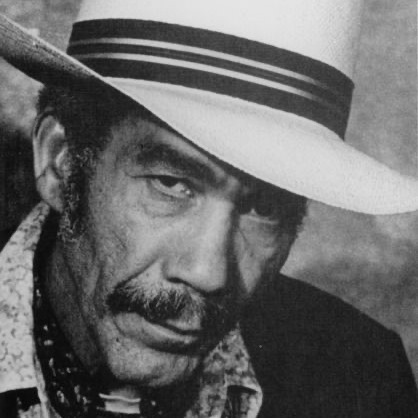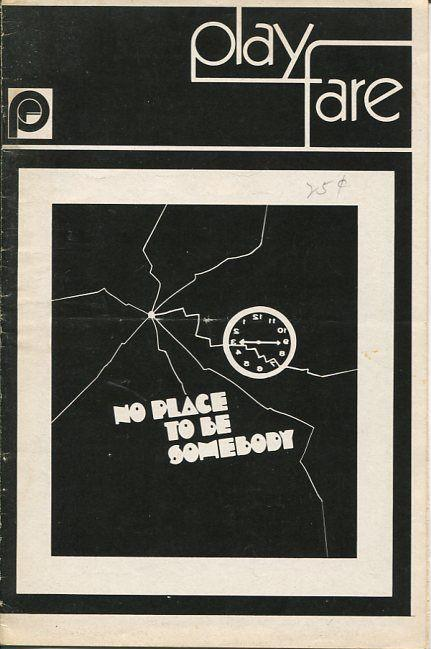Revisiting the History of Charles Gordone and Honoring His Legacy
In honor of Black History Month we remember Dr. Charles Gordone’s and his achievements to understand the significance of his work and how it influenced the Black community.

By Mia Mercer ‘23

Charles Gordone was a Pulitzer Prize award winning playwright, beloved professor, and champion of diversity at Texas A&M University.
The late Charles Gordone, the first African American to win a Pulitzer Prize for Drama, came to the College of Liberal Arts at Texas A&M University in 1987.
Through his works as an actor, playwright, and professor, Gordone was able to educate people across the country about Black Americans’ struggle for equality in a way that empowered diversity and civil rights. In his pursuit for racial and multi-racial unity in American theatre, he spread his belief that honoring people’s histories makes our differences smaller and our similarities more profound.
“[Gordone] believed America is not a collection of separate ethnic and religious and racial cultures,” Gordone’s widow said in an interview with the Dallas Morning News. “He believed that there is only one American culture, and all of us are part of the one culture.”
Born on October 12, 1925, in Cleveland, Ohio, Gordone was no stranger to racial discrimination and was an outcast at school and within his community. However, despite the challenges he faced growing up, Gordone pursued his passions in theatre and education. In 1942, he enrolled at the University of California at Los Angeles where he graduated with a bachelor’s degree in drama.
After graduating, Gordone travelled to the Big Apple in search of acting opportunities. According to the African American Registry, Gordone starred in a number of theater productions including Jean Genet’s The Blacks, alongside other Black artists who would also later rise to fame like the poet Maya Angelou. His experiences growing up coupled with his life on stage ultimately influenced Gordone’s claim to fame, making history with the first play he wrote, No Place to Be Somebody.
“[No Place to Be Somebody] is the story of power, about somebody who is stifled who was born in a subculture and feels the only out is through the subculture,” Gordone said in an article published by the Indiana Historical Bureau of the Indiana State Library.

Playbill from 1970 for “No Place to be Somebody.”
Gordone’s 1970 play made history for a few different reasons. Unlike most plays of the time, No Place to Be Somebody features a number of characters from different races with different backgrounds and centers it’s focus on Johnny Williams, an African-American bar owner. Throughout the play, these characters explore the struggles of living in a white-dominated society while also depicting how the characters are influenced by other races and prejudices.
Like all artists, Gordone faced both praise and criticism for his work. One thing both critics and fans could agree on is that Gordone’s play was an inclusive work that addressed the struggles of the time and pushed for change within the American community.
After his success as a playwright, Gordone continued to engage in theater productions and began educating others on the arts. Texas A&M hired Gordone in 1987 to teach in the English and speech communications department in an effort to diversify what was a mostly white campus at the time.
On campus Gordone is remembered as being an active educator, starring in and guiding student-led plays and encouraging racial unification inside and outside of the classroom.
According to a story published by the College of Architecture at Texas A&M, Gordone became part of a huge Western art revival, befriending poets, dancers, artists and singers, and inviting them into Texas A&M classrooms as part of a program he created called “American Voices.” Because he was such an influential leader on campus promoting equality and racial unification, Gordone left a long lasting impression on Texas A&M even after his death on November 16, 1995.
Through his works Gordone was able to positively influence individuals on campus and around the world, playing a crucial role in the first major diversity push on campus for improving and promoting equality. Perhaps he found his place to be somebody at Texas A&M, or perhaps the university found somebody to make it a place worth being in the 20th and 21st centuries.
